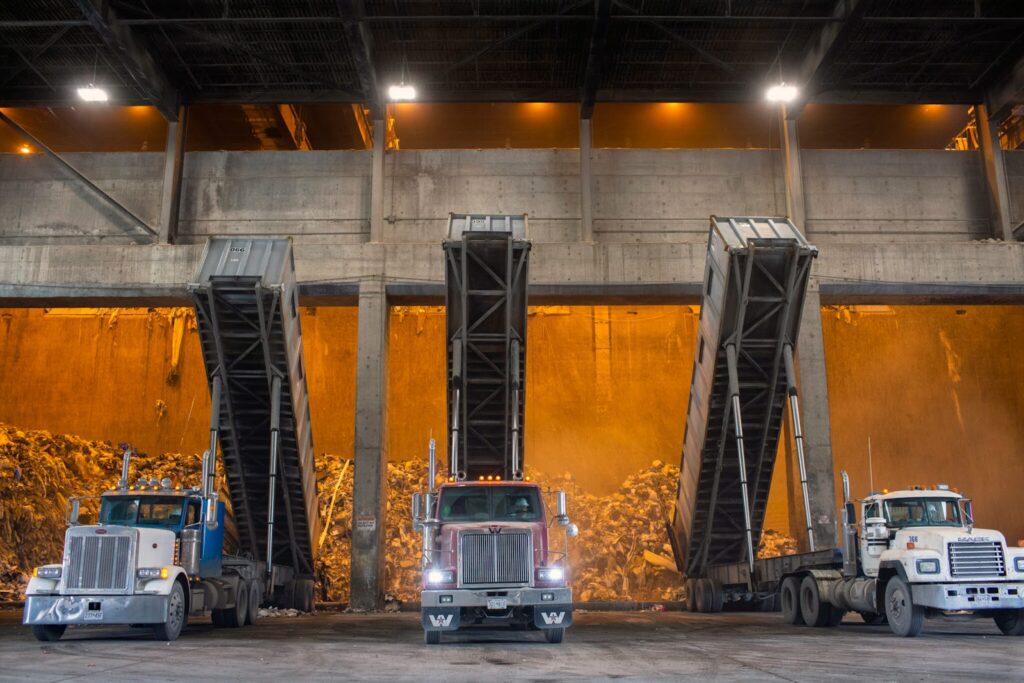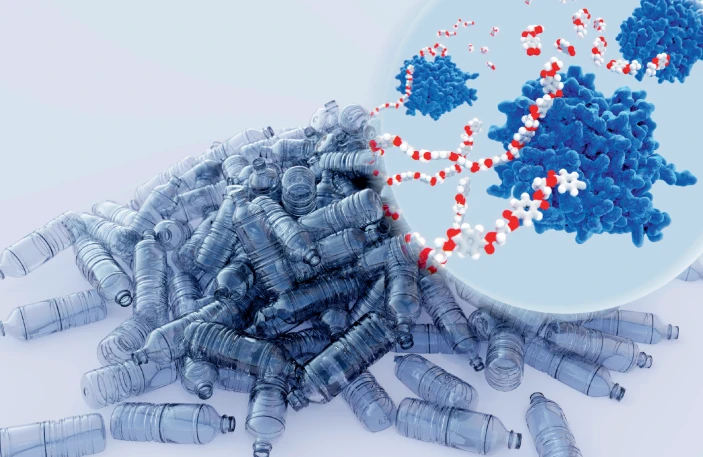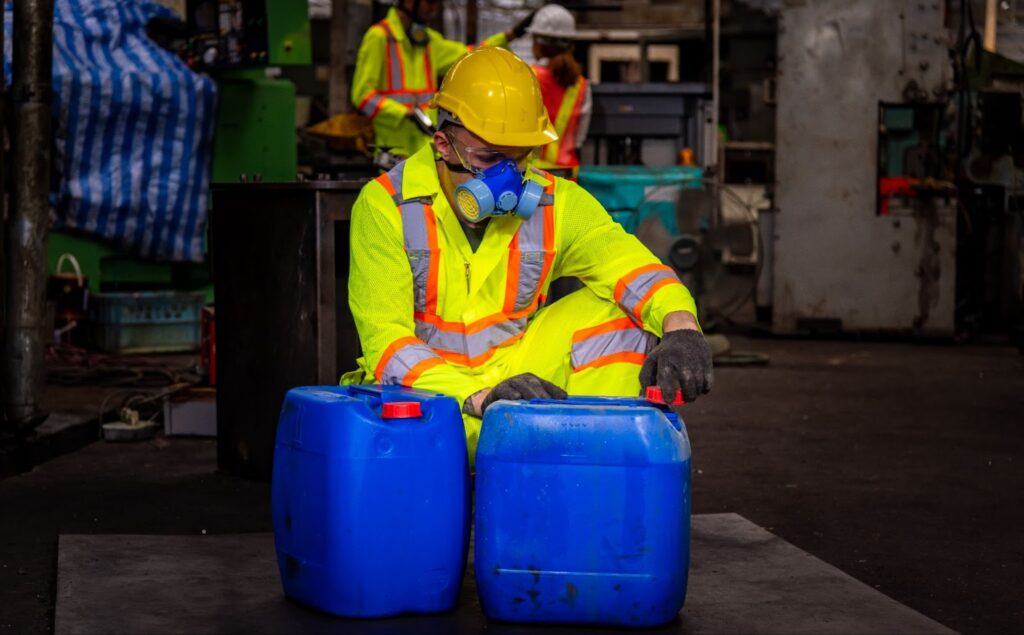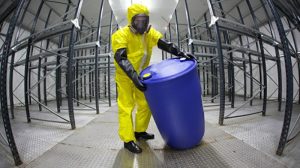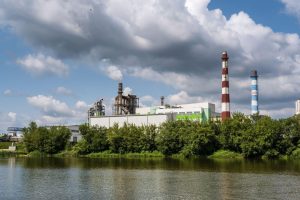Types Of Hazardous Waste Disposal Methods Usually Used
November 27, 2024
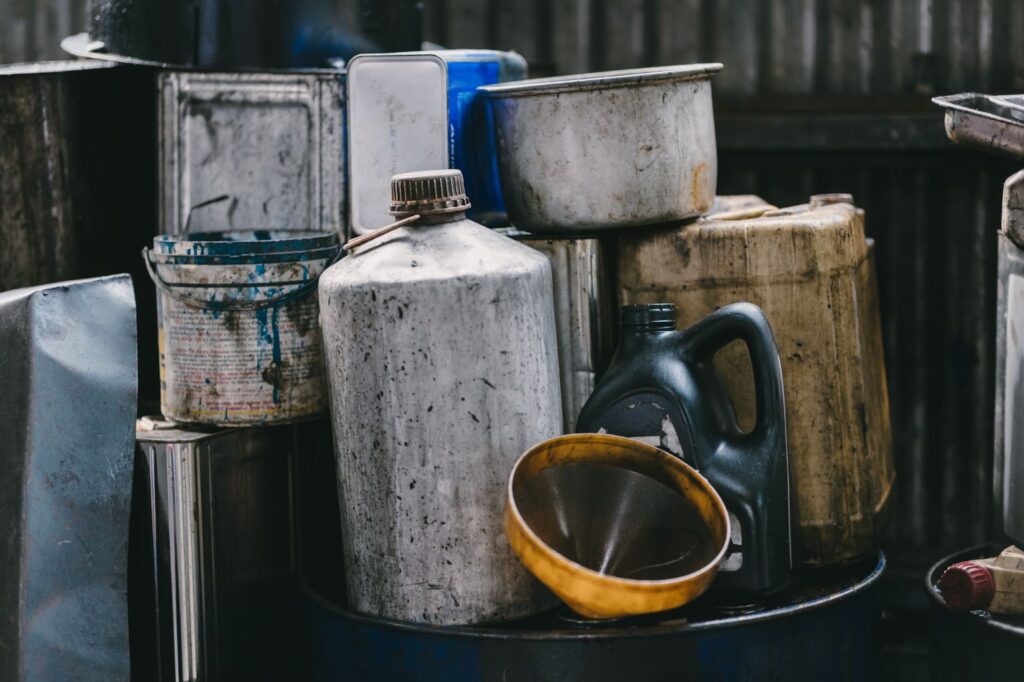
Getting rid of hazardous waste properly is crucial for protecting the environment and our health. Knowing the right hazardous waste disposal methods is important for businesses, governments, and everyone to help create a more sustainable future.
What is Hazardous Waste?
Hazardous waste refers to materials that are dangerous to human health and the environment. This can include chemicals, biological agents, metals, or even certain consumer products like batteries or paints.
Improper disposal of hazardous waste can lead to contamination of water, air, and soil, which is why hazardous waste disposal methods are crucial.
15 Hazardous Waste Disposal Methods
There are numerous methods used to dispose of hazardous waste safely. Below are 15 widely recognised hazardous waste disposal methods:
1. Chemical Treatment
Chemical treatments are methods used to neutralise, break down, or transform the dangerous substances in the waste, making it safer for disposal or storage.
-
Chemical Neutralisation
This method involves adding a substance (a base) to neutralise the harmful properties of another substance (an acid). It's commonly used for things like industrial spills.
- Chemical Precipitation
In this process, chemicals are added to a liquid waste, causing harmful substances to form solid clumps. These solid pieces can then be removed, leaving the liquid cleaner. It’s often used for liquid waste with heavy metals or dissolved contaminants.
- Vitrification
Hazardous waste is mixed with glass-forming agents and heated until it turns into a stable glass-like material. This traps harmful substances inside, making them easier to store and handle. It’s a good option for waste that can’t be broken down by other methods.
- Carbon Adsorption
Activated carbon is used to trap harmful gases or liquids by absorbing them into its tiny pores. This process helps remove volatile contaminants like solvents from air or wastewater. It’s an effective method for cleaning up air or liquid waste.
2. Thermal Treatment
Thermal treatments use heat to either destroy or break down hazardous waste, turning it into less harmful substances or reducing its volume.
- Incineration
Incineration burns waste at high temperatures, turning it into ash, gas, and heat. It's commonly used for destroying organic materials and certain chemicals.
- Pyrolysis
In pyrolysis, waste is heated without oxygen, breaking down complex molecules into simpler, less harmful substances. It’s used for materials like plastics and oils that can’t be safely burned with oxygen.
- Thermal Desorption
Thermal desorption uses heat to remove harmful organic chemicals from solid waste, like soil. The heat turns these contaminants into vapour, which is then captured and treated separately.
- Rotary Kilns
Rotary kilns are large rotating furnaces that heat waste to high temperatures. The rotation ensures even heating, making it effective for treating chemical and physical hazardous waste, like medical waste and metals.
3. Biological Treatment
Biological treatment uses living organisms to break down hazardous substances, turning them into safer materials that are easier to handle and dispose of.
- Bioremediation
Bioremediation involves introducing bacteria, fungi, or other organisms to consume the toxins from the waste, converting them into safer compounds like water and carbon dioxide.
It’s an environmentally friendly process, often used for cleaning up oil spills or contaminated soil.
4. Physical Treatment
Physical treatments are non-chemical and non-biological processes that separate, solidify or reduce hazardous waste to make it safer for disposal or storage.
- Landfilling
Hazardous waste is placed in specially designed landfills that prevent it from contaminating the environment. These landfills are built to keep the waste secure and isolated from the surrounding soil and water.
- Solidification
Liquid waste is mixed with binders like cement to form a solid material. This makes it safer to transport, store, and handle because the waste is no longer in a liquid state that could spill or leak.
- Evaporation
Evaporation involves heating liquid waste to remove water, leaving behind solid hazardous substances. This method helps concentrate the waste, making it easier to manage and dispose of.
- Air Stripping
In air stripping, volatile contaminants are separated from liquid waste and turned into gas. The gas is then captured and treated to prevent pollution, helping clean contaminated water.
- Deep Well Injection
Hazardous liquid waste is injected deep into the earth, below groundwater sources, where it’s contained in underground wells. This isolates the waste from the environment, preventing contamination of water supplies.
- Filtration
Filtration uses special filters to remove solid contaminants from liquid hazardous waste. The cleaner liquid can then be treated further or disposed of safely, while the solid waste is managed separately.
Recycling: An Alternative to Hazardous Waste Disposal Methods
Recycling hazardous waste is a greener alternative that transforms materials like metals, plastics, and solvents into valuable resources, reducing the total amount of waste.
Recycling also lowers the demand for raw materials like minerals and fossil fuels, reducing environmental damage from mining and drilling. It supports a circular economy by reusing resources, cutting waste, and lowering greenhouse gas emissions.
Beyond waste reduction, recycling promotes sustainability and helps protect the planet for future generations. It’s a smart, eco-friendly way to manage hazardous waste responsibly.
Best Practices in Hazardous Waste Disposal Methods
Hazardous waste can be tricky to dispose of. Nonetheless, it is something that everyone must handle with care and responsibility for a safer environment.
Here's what you can do at home to ensure safe disposal:
- Segregation: Separate hazardous waste from general waste to prevent contamination and simplify disposal.
- Labelling and Documentation: Properly label all hazardous waste and maintain documentation for tracking purposes. This helps in proper treatment and disposal.
- Use of Certified Disposal Facilities: Always dispose of hazardous waste through certified and licensed waste disposal companies.
- Compliance with Regulations: Adhere to local regulations to ensure safe disposal.
Conclusion
Understanding the types of hazardous waste disposal methods is crucial for protecting the environment and human health. By following best practices and utilising sustainable alternatives, we can minimise the impact of hazardous waste and work towards a cleaner, safer planet for future generations.
Looking for a local disposal facility for hazardous waste in Singapore? Reach out to GreenTec Energy now!
 GreenTec Energy Pte Ltd (GTE) is a waste management company located in Tuas, Singapore.
GreenTec Energy Pte Ltd (GTE) is a waste management company located in Tuas, Singapore.
Our service includes Industrial waste, Oily waste, Marine waste.
To provide a hassle free solution to our customer is always the key approach and to ensure a win-win situation towards. As a NEA approved environmental company in Singapore, we take all our services seriously and to ensure maximum safety with compliances applied. Every step of our disposal processes are also designed to meet NEA & SCDF requirements, with latest treatment facilities and laboratories to test and treat all incoming waste before disposal.
GTE operates a total land area of about 100,000sqft at 14 Tuas South Street 12 Singapore 636953. With our comprehensive logistics and transportation fleet, we provide prompt and efficient services in transportation of waste to our premises.

